Indonesia is one of the most biodiverse countries in the world, with a wide range of unique and rare wildlife species and ecosystems. Indonesia has more than 17,000 islands, and its terrestrial and marine environments support an incredible diversity of life, including many endemic species that are found nowhere else on Earth.
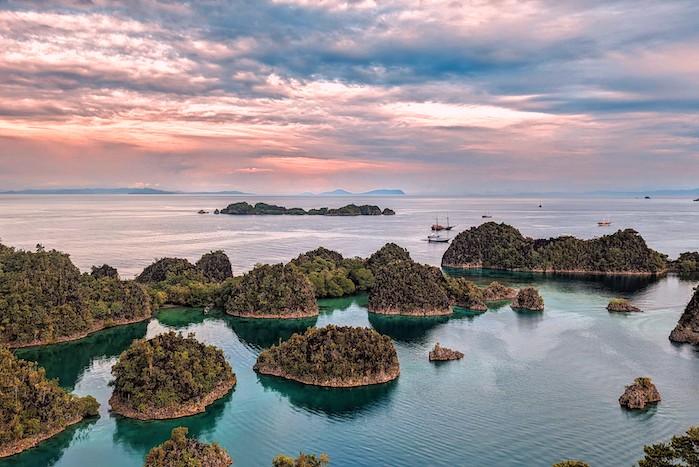
A Growing Concern
Estimates of the amount of plastic waste entering the ocean from Indonesia vary widely depending on the methodology and assumptions used. However, according to a report by the Ocean Conservancy, an estimated 1.29 million metric tons of plastic waste entered the ocean from Indonesia in 2010, making it the second-largest contributor of plastic pollution to the ocean after China.
It’s important to note that our estimate is dated, and plastic production and consumption in Indonesia have continued to increase, along with the country’s population and economic growth. Therefore, the actual amount of plastic waste entering the ocean from Indonesia each year may be higher than this estimate.

Why Is There So Much Garbage in the Oceans?
There are several reasons why there is so much trash and plastic in the oceans around Indonesia:
- Poor waste management infrastructure: Many areas in Indonesia lack proper waste management systems, leading to uncontrolled dumping of waste in rivers and coastal areas. This waste eventually ends up in the ocean.
- Inadequate education on proper waste disposal: Many people in Indonesia are not aware of the negative impact of improper waste disposal on the environment and human health. This results in littering and dumping of waste in rivers and coastal areas.
- Rapid economic growth and urbanization: Indonesia has experienced rapid economic growth and urbanization in recent years, which has led to an increase in plastic consumption and waste generation.
- Lack of recycling facilities: There are limited recycling facilities in Indonesia, which means that much of the plastic waste generated ends up in landfills or the ocean.
- Marine transportation and fishing activities: Indonesia is the world’s largest archipelagic country, with extensive coastlines and a large fishing industry. The marine transportation and fishing activities in the country generate a significant amount of plastic waste, including fishing nets, which are a major contributor to marine pollution.
All these factors combined have resulted in Indonesia being the second-largest contributor to plastic waste in the world’s oceans, after China. It is a complex problem that requires a multi-faceted solution involving better waste management practices, education, recycling, and regulation of marine activities.
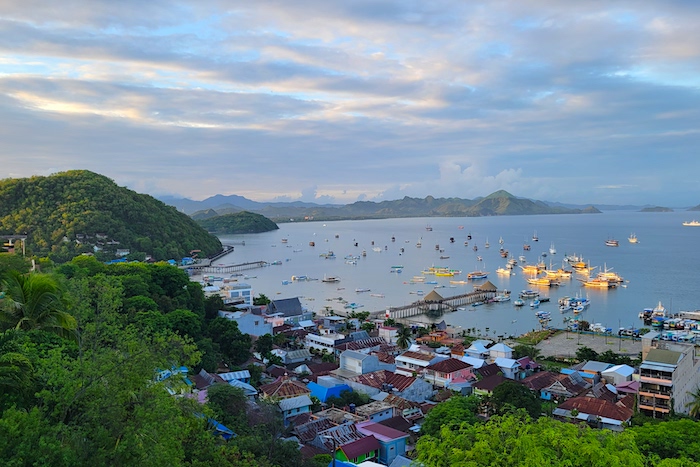
Why You Should Be Concerned
The plastic waste and other debris in the oceans around Indonesia can have significant negative impacts on the environment and wildlife. Here are some examples:
- Marine pollution: Plastic waste can harm marine life, damage ecosystems, and contaminate water sources. The chemicals in plastic, such as phthalates and bisphenol A, can leach out into the water, posing a risk to marine life and human health.
- Entanglement and ingestion: Marine animals, such as turtles, birds, and fish, can become entangled in plastic waste, which can lead to injury or death. Animals can also ingest plastic, which can cause choking, digestive problems, and starvation.
- Habitat destruction: Plastic waste can damage and destroy important habitats, such as coral reefs and mangrove forests, which provide critical ecosystem services such as carbon sequestration, erosion control, and biodiversity.
- Economic impacts: Marine pollution can negatively impact fisheries, tourism, and other industries that rely on healthy marine ecosystems. This can lead to job losses and economic hardship for local communities.
These are just a few examples of the negative impacts of plastic waste on the environment and wildlife in Indonesia. It’s a complex problem that requires a coordinated effort from all stakeholders to address.
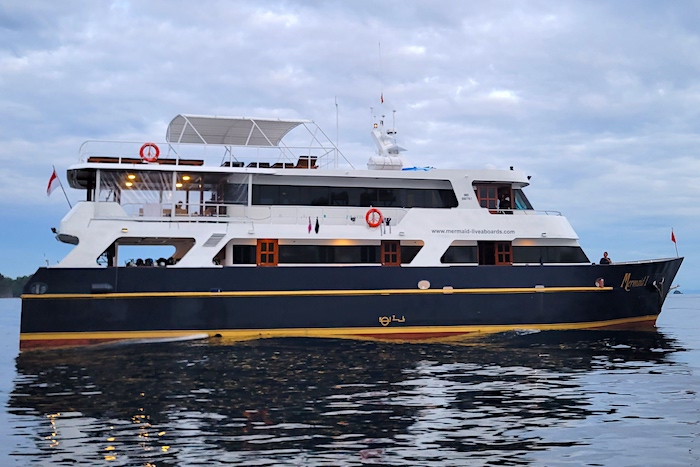
It’s More Than an Indonesia Problem
Indonesia’s waste problems can harm people in neighboring countries and even countries that are far away from Indonesia. Here are some examples:
Ocean currents: Plastic waste in Indonesian waters can be carried by ocean currents to other countries and even other continents. This can result in plastic pollution on beaches and in coastal waters far away from Indonesia.
Food chain: Marine animals that ingest plastic waste can enter the food chain and be consumed by people in other countries. This can potentially lead to human exposure to harmful chemicals and pollutants.
Economic impacts: Indonesia’s waste problem can negatively impact industries such as tourism and fisheries, which can in turn affect economies in neighboring countries that rely on these industries.
These are just a few examples of how Indonesia’s waste problem can have impacts beyond its borders.
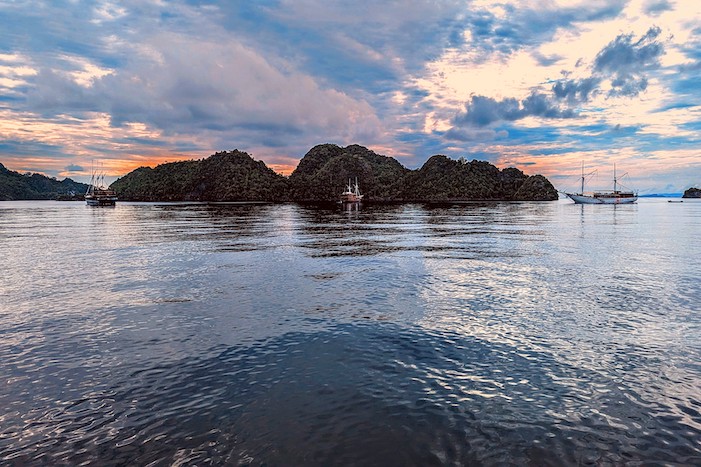
Who Is Helping to Address This Issue?
The Government of Indonesia
The government of Indonesia has taken several steps to reduce plastic waste and improve waste management practices. Here are some examples:
- Plastic bag tax: In 2016, the Indonesian government implemented a plastic bag tax, which requires retailers to charge customers for plastic bags. The aim of this policy is to reduce plastic bag usage and encourage people to bring their own reusable bags.
- Ban on single-use plastics: Several regions in Indonesia, including Bali, have implemented bans on single-use plastics such as straws and plastic bags. The government is also planning to introduce a nationwide ban on single-use plastics by 2025.
- Waste management infrastructure: The government has committed to improving waste management infrastructure, including increasing the number of waste treatment facilities and investing in recycling and composting programs.
- Education and awareness campaigns: The government has launched public awareness campaigns to educate people about the negative impacts of plastic waste and encourage them to adopt sustainable behaviors, such as reducing plastic usage and properly disposing of waste.
While these efforts are a positive step, there is still a long way to go in reducing plastic waste in Indonesia. The government needs to continue to invest in waste management infrastructure, enforce existing policies, and work with industry and communities to adopt more sustainable practices.
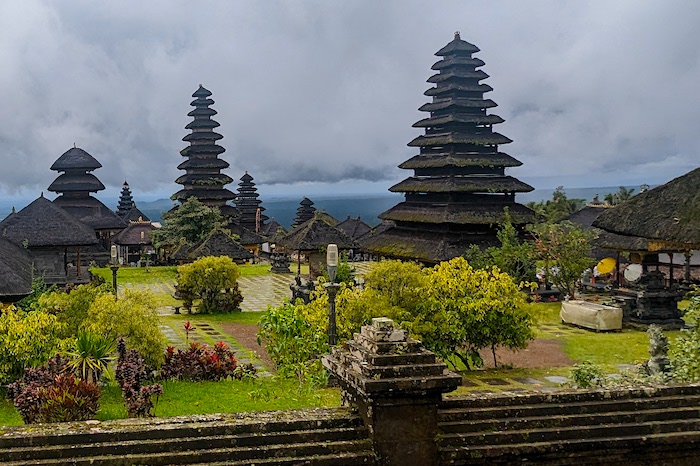
Organizations and Other Countries Involved in a Solution
There are several organizations and governments from other countries that are working to help Indonesia tackle its plastic waste problem. Here are some examples:
- The United Nations Environment Programme (UNEP) has partnered with the Indonesian government to implement the “Clean Seas” campaign, which aims to reduce plastic pollution in the country’s coastal areas.
- The Australian government has provided funding for several initiatives to reduce plastic waste in Indonesia, including a project to improve waste management infrastructure in Bali.
- The European Union has also provided funding to support waste management and recycling projects in Indonesia.
- Several international organizations, such as WWF and Greenpeace, are working with local communities and governments in Indonesia to raise awareness about the impacts of plastic waste and promote sustainable practices.
In addition to these, there are many more organizations and initiatives working to address plastic pollution in Indonesia. It will take a coordinated effort from all stakeholders, including governments, industry, and civil society, to tackle this complex problem.
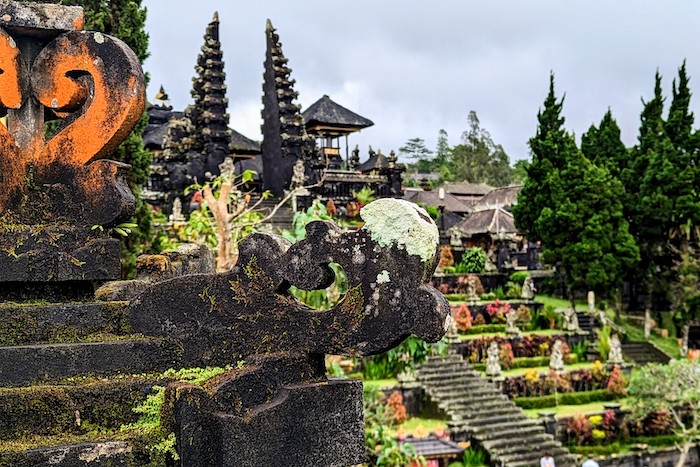
Innovative Solutions to Clean the Oceans
there are many innovative start-up companies and researchers who are developing new and unique ways to clean up the oceans of trash and plastics. Here are a few examples:
- The Ocean Cleanup: This Dutch start-up has developed a system that uses passive drifting technology to remove plastic waste from the ocean. The system consists of a long floating barrier that collects plastic as it drifts with the ocean currents.
- Seabin Project: This Australian start-up has developed a floating rubbish bin that collects litter, debris, and plastics from the water’s surface. The Seabin uses a pump that creates a flow of water to capture trash and filter the water.
- Plastic Fischer: This German start-up has developed a process to turn plastic waste into fuel. The company uses a pyrolysis process to break down plastic waste into liquid fuels, which can then be used to power vehicles or generate electricity.
- The Great Bubble Barrier: This Dutch start-up has developed a bubble barrier that can trap plastic waste in rivers and canals before it enters the ocean. The barrier uses a bubble curtain to create a barrier that guides plastic waste to the surface, where it can be collected.
These are just a few examples of the many innovative start-up companies and researchers who are working to clean up the oceans of trash and plastics. It’s important to support and invest in these efforts to address the global problem of ocean plastic pollution.
Organizations and Charities You Can Donate To
There are several causes that people can donate to that help combat ocean pollution in Indonesia and around the world. Here are a few organizations that are doing important work in this area:
- Ocean Conservancy: This organization works to protect the ocean from plastic pollution by advocating for policy changes, supporting innovative solutions, and organizing beach cleanups. Donations can be made through their website.
- The Ocean Cleanup: This organization develops technologies to remove plastic waste from the ocean and prevent it from entering the ocean in the first place. Donations can be made through their website.
- Trash Hero: This organization works to reduce plastic waste by organizing community cleanups, educating people about plastic pollution, and advocating for change. Donations can be made through their website.
- Plastic Pollution Coalition: This organization brings together individuals and organizations to promote a plastic-free world and supports policy changes, education initiatives, and other efforts to combat plastic pollution. Donations can be made through their website.
Donating to these causes can help support important work to protect the environment and the health of people and wildlife in Indonesia and around the world. Please ensure that you do your own research when determining what organizations or charities you donate to.
Reviewed by: Tim Winter

Tim Winter has dedicated his writing and research efforts to animals and wildlife. He explores the globe and sees firsthand the negative impact humans have on the environment. Tim is dedicated to promoting responsible environmental stewardship. He holds a Bachelor of Science in Advertising from the University of Oregon School of Journalism and Communications.
